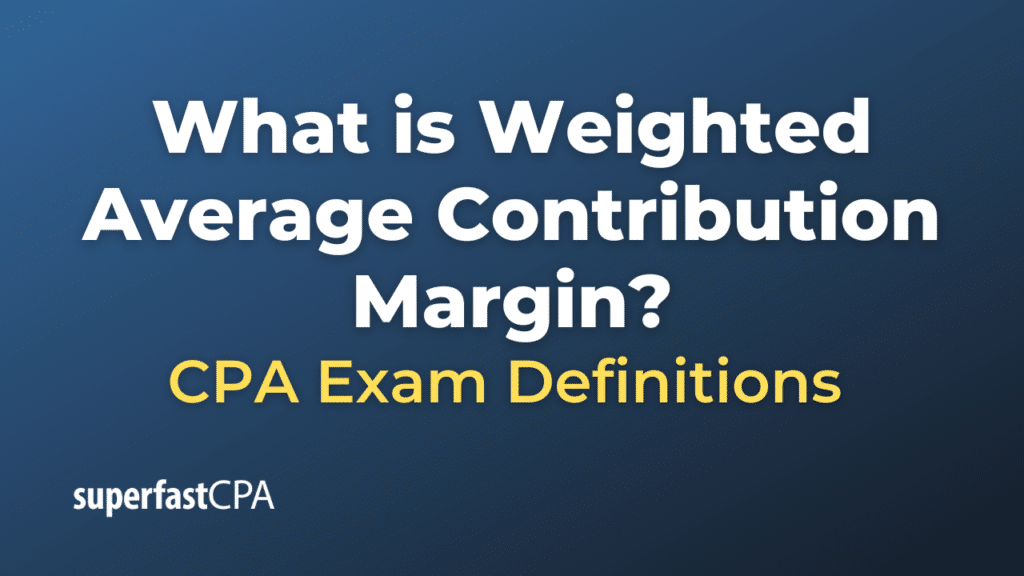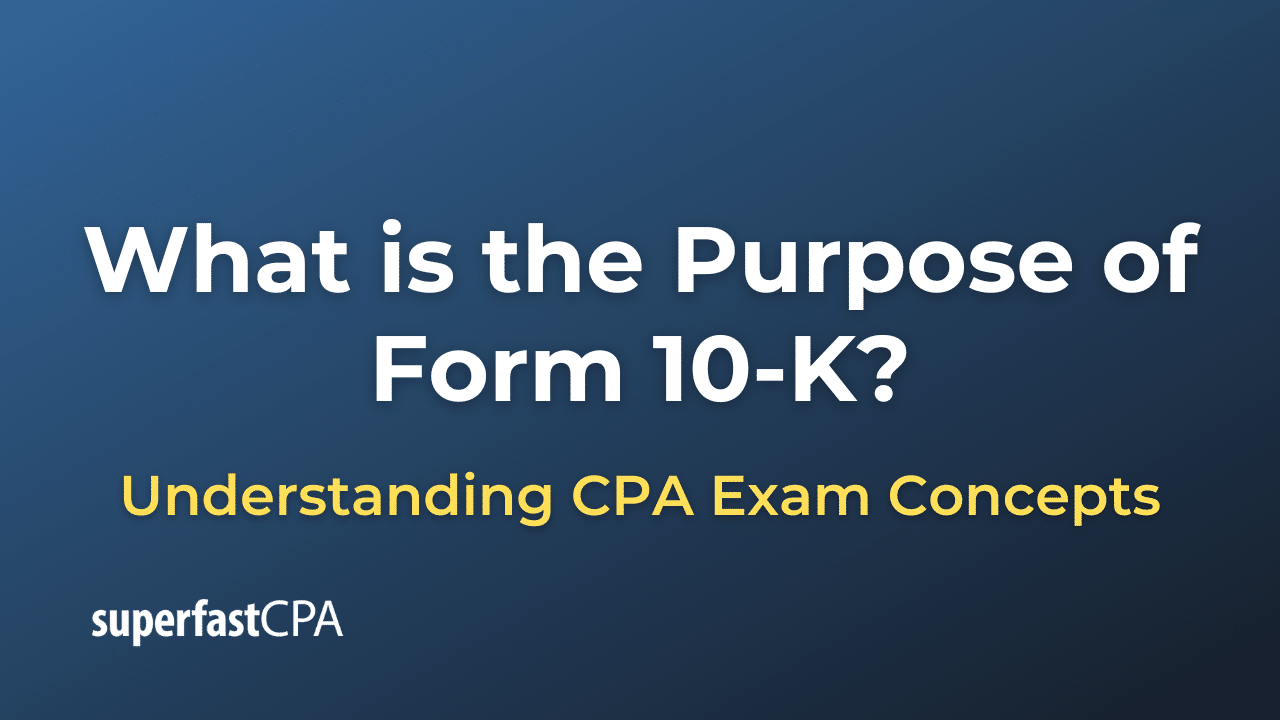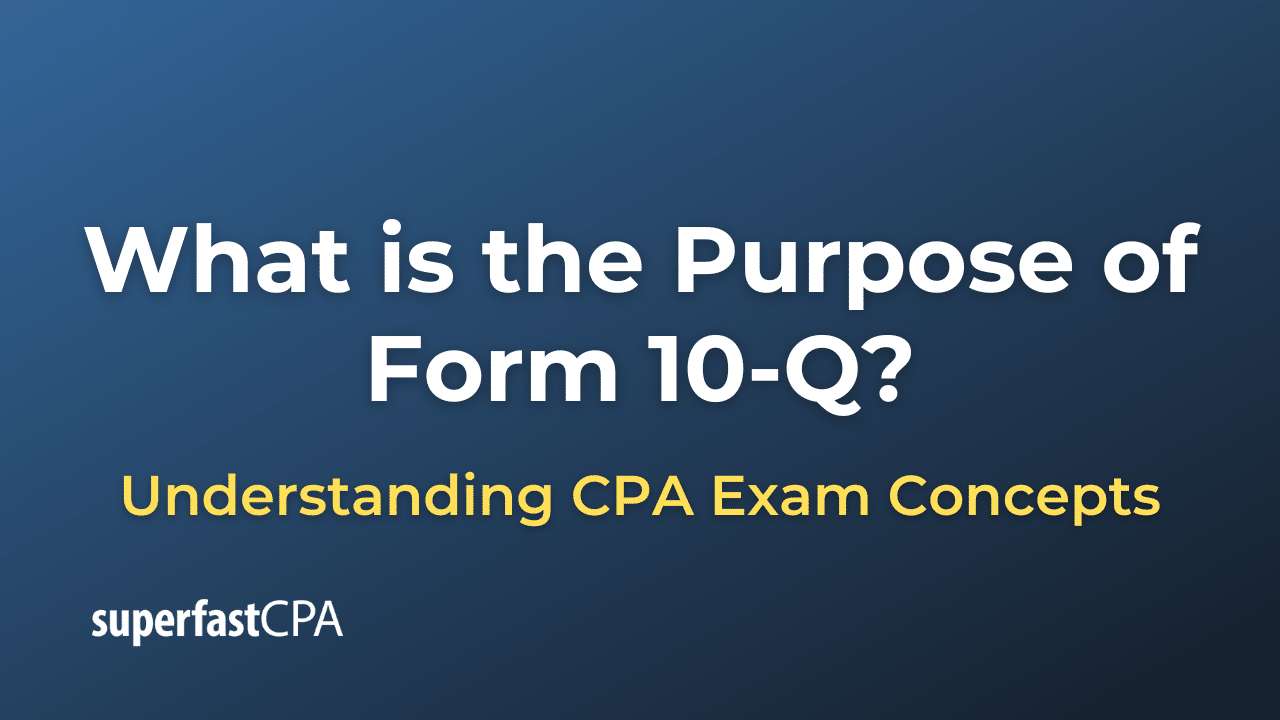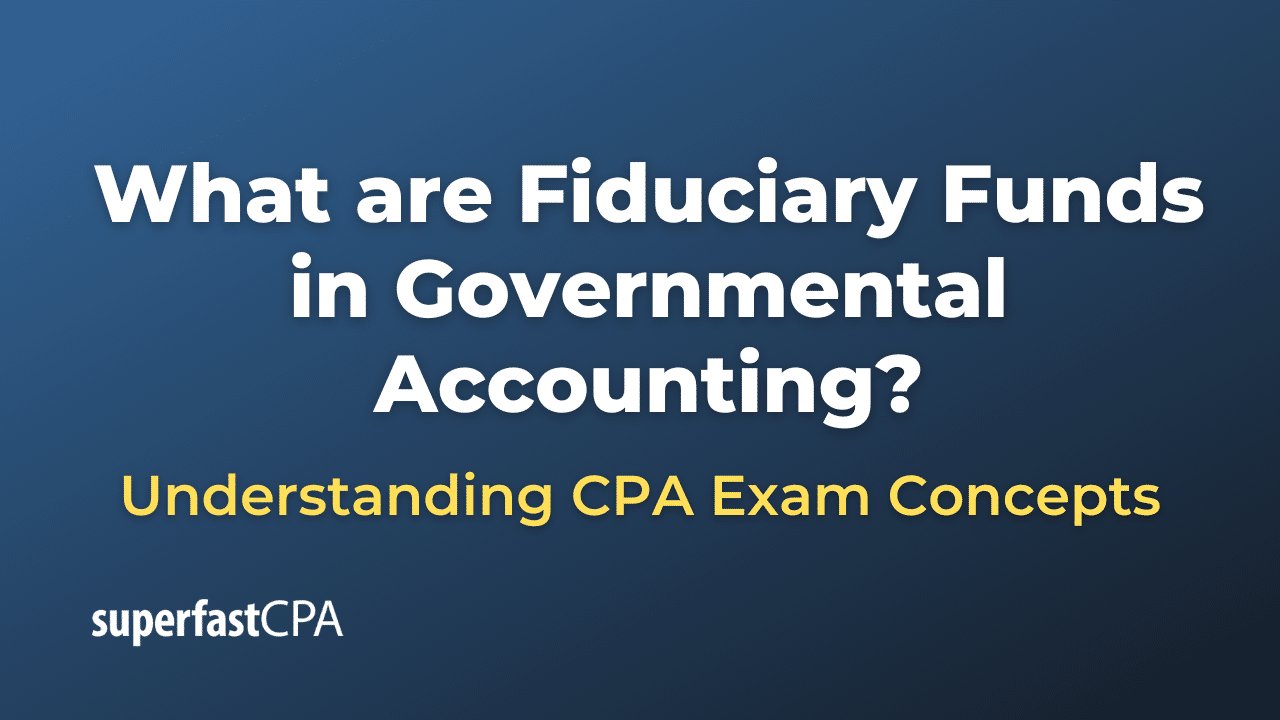Weighted Average Contribution Margin
The Weighted Average Contribution Margin (WACM) is a measure used to assess the profitability of a business by considering both the contribution margin of individual products and the proportion of total sales that each product represents. The contribution margin for a product is calculated as the revenue from the product minus its variable costs. The WACM gives an overall sense of how much profit is generated for each dollar of sales, taking into account the sales mix.
How to Calculate WACM:
- Calculate Contribution Margin for Each Product:
Contribution Margin per Unit (CM) = Selling Price per Unit − Variable Cost per Unit - Calculate Weight for Each Product:
Weight = Units Sold of Product / Total Units Sold of All Products - Calculate Weighted Average Contribution Margin:
Where:
– \( n \) is the total number of products or segments.
– \( W_i \) is the weight (or proportion) of the \( i^{th} \) product or segment in the total sales.
– \( CM_i \) is the contribution margin of the \( i^{th} \) product or segment.
Example of Weighted Average Contribution Margin
Let’s consider a fictional example of a gym that offers two types of memberships: Basic and Premium.
- Basic Membership:
- Monthly Fee: $50
- Variable Cost (cleaning, electricity per customer, etc.): $20
- Number of Members: 300
- Premium Membership:
- Monthly Fee: $100
- Variable Cost (cleaning, premium services, etc.): $40
- Number of Members: 100
Step 1: Calculate the Contribution Margin for Each Membership Type:
- Basic Membership: CM_Basic = $50 – $20 = $30
- Premium Membership: CM_Premium = $100 – $40 = $60
Step 2: Calculate the Weights for Each Membership Type:
Total Members: 300(Basic) + 100(Premium) = 400
- Weight for Basic Membership: 300 / 400 = 0.75
- Weight for Premium Membership: 100 / 400 = 0.25
Step 3: Calculate the Weighted Average Contribution Margin (WACM):
WACM = (0.75 x $30) + (0.25 x $60)
WACM = $22.5 + $15
WACM = $37.5
Interpretation:
The Weighted Average Contribution Margin of $37.5 means that, on average, each membership (considering the mix of Basic and Premium) contributes $37.5 towards covering the gym’s fixed costs and generating profit.
This information can be vital for the gym’s management for various purposes, such as setting pricing strategies, determining whether to push for more Basic or Premium memberships, or assessing the overall profitability of their business model.














